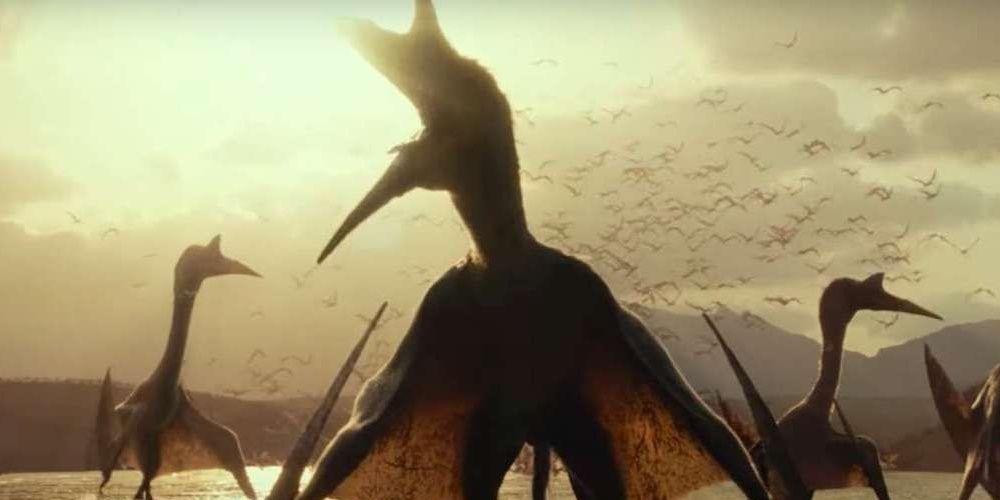Without a doubt, the upcoming movie Jurassic World: Dominion is one of the most anticipated movies for 2022. And so far, Universal Pictures' has left enough bread crumbs to whet the appetite of all dino fans, young and old.
Yet, with so many teasers out now, it can be difficult to keep up with which dinosaurs will appear on the big screen. However, one thing is for sure- fans can expect the return of many beloved dinosaurs like Rexy (Tyrannosaurus rex) and Blue (Velociraptor). But what other dinosaurs can fans expect in the epic conclusion of the 90s hit Jurassic Park?
20 Therizinosaurus
Dino Facts:
- Diet - Omnivorous
- Location - Asia
- Period - Late Cretaceous
Making its first movie appearance in the Jurassic Park universe, the Therizinosaurus has long baffled paleontologists because of its unique build. Paleontologists believe this 6-ton dinosaur had a long neck and a sharp beak with sparse feathering.
According to the teasers, we see the beak of a Therizinosaurus while Claire is in a lake of some sort. Hopefully, with the release of Jurassic World: Dominion, the Therizinosaurus will be featured in Jurassic World Evolution 2 since it's one of the many dinosaurs missing from the game.
19 Dreadnoughtus
Dino Facts:
- Diet - Herbivore
- Location - Argentina
- Period - Late Cretaceous
Universal Pictures' teased the Dreadnoughtus in Jurassic World and Jurassic World: Fallen Kingdom but never made a screen appearance. Fortunately, the Dreadnoughtus will finally appear in Jurassic World: Dominion. These majestic creatures were over 85 feet (26 meters) tall and used to roam the ancient plains of South America.
Additionally, many paleontologists believe that the Dreadnoughtus was the heaviest dinosaur (65 tons) to walk on land, but the exact amount still isn't certain. Perhaps the rumored Jurassic Park live-action TV show will touch more on that matter.
18 Apatosaurus
Dino Facts:
- Diet - Herbivore
- Location - North America
- Period - Late Jurassic
Apatosaurus was one of the first dinosaurs portrayed in the 1993 Jurassic Park movie. And during the events of Jurassic World, the Indominus rex attacked and killed 6 Apatosauruses, which was one of the most heartbreaking moments in the Jurassic Park universe.
These dinosaurs were large, long-necked, and measured over 72 feet (21.8 meters) tall. Paleontologists also believe that this dinosaur would swallow leaves without chewing and probably used its gizzards (similar to those of a chicken) to help process the food it ate.
17 Quetzalcoatlus
Dino Facts:
- Diet - Carnivore
- Location - North America
- Period - Late Jurassic
One of the largest pterosaurs (flying reptiles) to have ever existed, the Quetzalcoatlus was a toothless predator with a long neck. This flying reptile was supposed to make its first appearance in Jurassic World but was cut before the release.
But, finally, the Quetzalcoatlus makes its movie debut in Jurassic World: Dominion, as fans can see in the teaser where one attacks Owen, Claire, and Kayla on a plane. And if fans want to get to know this majestic flying creature hands-on, they can do so by unlocking the Quetzalcoatlus and other flying reptiles in Jurassic World Evolution 2.
16 Moros Intrepidus
Dino Facts:
- Diet - Carnivore
- Location - North America
- Period - Late Cretaceous
Considered the smallest member of the tyrannosauroid theropod family, the Moros intrepidus was finally discovered after ten years of excavation in the Utah region in 2019. Unfortunately, there's little known about this dinosaur except that it was less than 5 feet (1.5 meters) tall.
But, that didn't stop Universal Pictures' from recreating the Moros intrepidus since fans can see it for a brief second munching on the remains of a Giganotosaurus. Additionally, Mattel released a Moros intrepidus toy for Jurassic World: Fallen Kingdom despite it not appearing in the movie.
15 Giganotosaurus
Dino Facts:
- Diet - Carnivore
- Location - Argentina
- Period - Late Cretaceous
The Giganotosaurus was first referenced in Jurassic World when InGen used part of its genetic material to create the infamous Indominus rex. This dinosaur is one of the few semi-complete holotype specimens (preserved example) that exist in the world, which allows paleontologists to have a more thorough knowledge of the dinosaur.
Paleontologists have deduced that the Giganotosaurus was one of the largest known terrestrial carnivores based on the holotype specimen. And this dinosaur is also featured in Jurassic World Evolution 2, but players will need to know how to raise its infamy if they want to make it the toughest carnivore in the park.
14 Mosasaurus
Dino Facts:
- Diet - Carnivore
- Location - Various Seas Across The Globe
- Period - Late Cretaceous
InGen successfully recreated a bigger version of the Mosasaurus for their newly opened dinosaur park Jurassic World, which they would showcase in the 3 million gallon pool located at the park. Georges Cuvier, a French naturalist from the 1800s, first studied this underwater dinosaur.
Thanks to his discovery and research of the Mosasaurus, the idea of a mass extinction event was first theorized, which later led to the theory of evolution. Fans can once again see the Mosasaurus in Jurassic World: Dominion attacking a fishing boat.
13 Lystrosaurus
Dino Facts:
- Diet - Herbivore
- Location - Asia and Africa
- Period - Late Permian
The Lystrosaurus is the first Late Permian-Early Triassic dinosaur to appear in the Jurassic Park universe. This dinosaur was quite small and measured about 2-8 feet (.6 - 2.5 meters) long. A little-known fact about these dinosaurs is that they served as evidence for the theory of continental drift (which stated that the Earth was once one giant continent or later known as Pangaea).
In Jurassic World: Dominion, fans can see a caged (and for some reason wearing a mask) Lystrosaurus being transported to an unknown location. Perhaps the movie will explain further in detail why so many dinosaurs are out in the world.
12 Compsognathus
Dino Facts:
- Diet - Carnivore
- Location - Europe
- Period - Late Jurassic
Universal Pictures first referenced this chicken-sized theropod dinosaur in Jurassic Park through a promotional picture. But, it wasn't until The Lost World: Jurassic Park that fans witnessed a pack of Compsognathus attack the Bowman family while on vacation on Isla Sorna.
Paleontologists first believed these tiny creatures were Archaeopteryx (aviary dinosaurs), but after years of research, they concluded it was the smallest-known non-avialan dinosaur to roam the earth. Additionally, this is one of the few dinosaurs of which paleontologists have a complete skeleton (two, in fact).
11 Dilophosaurus
Dino Facts:
- Diet - Carnivore
- Location - North America
- Period - Early Jurassic
Fans first saw the Dilophosaurus when it attacked Dennis Nedry by spraying his venom. Unfortunately, that was one of the many inaccuracies in the Jurassic Park franchise since paleontologists have found no evidence that this creature had a venom sac.
The movie did get it right when it came to its visual appearance since the Dilophosaurus did have a crest, but paleontologists believe it was used during mating, not while hunting like in the movie. Fans could see a Dilophosaurus roaring at Claire, marking its first appearance since 1993.
10 Ankylosaurus
Dino Facts:
- Diet - Herbivore
- Location - North America
- Period - Late Cretaceous
This dinosaur is well-known for its unique armored appearance and club-like tail. Fans first got a glimpse of the Ankylosaurus grazing on Isla Sorna in Jurassic Park 3 and later in the animated series Jurassic World: Camp Cretaceous.
The Ankylosaurus was possibly the largest-known ankylosaurid since it measured 20 - 26 feet (6 - 8 meters) long. However, as fans can expect, due to the weight of its armor, the Ankylosaurus was very slow, except for its club-like tail, which was able to make quick movements.
There has been much debate about the Tyrannosaurus rex's non-feathery portrayal in the movies. But, paleontologists conclude that it wasn't a fully-feathered dinosaur. Rather, it only had feathering in certain areas.
9 Parasaurolophus
Dino Facts:
- Diet - Herbivore
- Location - North America and Asia
- Period - Late Cretaceous
Fans have seen the Parasaurolophus throughout multiple movies, but most notably can be seen depicted on a mural in the visitor center from Jurassic Park. In Jurassic World: Dominion, the Parasaurolophus can be seen in a snowy environment while Owen Grady rides past them on a horse (why he's riding a horse instead of a dinosaur is yet to be seen).
It's one of the rarest species of the hadrosaurid (duck-billed) family, with very few completed skeletons in existence. Another notable feature of the Parasaurolophus was its crest-like head.
8 Allosaurus
Dino Facts:
- Diet - Carnivore
- Location - North America and Portugal
- Period - Late Jurassic
The first reference of the Allosaurus is from Jurassic Park, where InGen had completed 12% of its genome reconstruction but had to stop due to financial issues. In Jurassic World: Fallen Kingdom, fans were finally introduced to the Allosaurus when one runs up to a Gyrosphere with Claire and Franklin in it, but sadly a magma rock crushes it.
This ancient apex predator had serrated teeth, which helped it rip through even the toughest skin and bone. So far, scientists have recovered only one 95% complete specimen, dubbed Big Al.
7 Pyroraptor
Dino Facts:
- Diet - Carnivore
- Location - Europe
- Period - Late Cretaceous
The Pyroraptor is one of the few dromaeosaurid (feathered dinosaurs) species in Europe. This dinosaur was a small, bird-like predator with large curved claws on each foot that measured 2.5 inches (6.5 centimeters) long, something common among raptor-like species.
This feathery predator will make its debut for the first time in Jurassic World: Dominion, where we see one attacking Owen and Kayla. But, the movie version of the Pyroraptor is about the size of an adult when in reality, it was no taller than a 3-year-old child.
6 Atrociraptor
Dino Facts:
- Diet - Carnivore
- Location - Canada
- Period - Late Cretaceous
Paleontologists know very little of the Atrociraptor other than it belongs in the dromaeosaurid family. The reason is that the only known example consists of parts of the upper and lower jaws, but it does reveal it had an unusually short snout.
As with other members of the dromaeosaurid family, feathers covered the Atrociraptor. The Jurassic World: Dominion teasers and trailer portrays this dinosaur featherless, but perhaps they're some kind of hybrid since that's often the explanation of why certain dinosaurs lack feathers in the Jurassic Park universe.
5 Iguanodon
Dino Facts:
- Diet - Herbivore
- Location - Various Continents
- Period - Early Cretaceous
The mural located in the visitor center in Jurassic Park depicts several Iguanodons, but the film never showed any. However, fans may recall seeing Iguanodons in the Disney animated movie Dinosaur, where the main protagonist was one.
In Jurassic World: Dominion, fans get a taste of an Iguanodon during a pre-historic flashback. Scientists initially thought it was a large iguana until coal miners in Belgium found over 24 nearly complete specimens of the Iguanodon in 1878, one of the greatest dinosaur discoveries of the time.
4 Oviraptor
Dino Facts:
- Diet - Omnivore
- Location - Asia
- Period - Late Cretaceous
Fans catch a glimpse of this oviraptorid specimen in Jurassic World Dominion stealing an egg from an unknown dinosaur. But, various video games have featured the Oviraptor, the most notable one being in Jurassic Park 3: Park Builder.
The Oviraptor had no teeth, which supports the idea its diet was based on eggs and perhaps some plants, which is the main reason why its name means egg thief or egg seizer. Currently, there's only one partial skeleton of the Oviraptor, but paleontologists have found remnants of its eggs.
3 Carnotaurus
Dino Facts:
- Diet - Carnivore
- Location - Argentina
- Period - Late Cretaceous
This dinosaur is one of the best-understood theropods from South America since there's a single well-preserved skeleton that scientists have been able to study thoroughly. In addition, some studies suggest that the Carnotaurus was able to hunt down large sauropods like the Dreadnoughtus.
In the Jurassic World: Dominion trailer, fans see a Carnotaurus rampaging through a Maltese city. But, fans most likely remember seeing the Carnotaurus in Jurassic World: Fallen Kingdom when it steals part of Eli Mills' remains after a Tyrannosaurus rex killed him.
2 Nasutoceratops
Dino Facts:
- Diet - Herbivore
- Location - North America
- Period - Late Cretaceous
The Nasutoceratops is a member of the ceratopsian (beaked-face) family. As fans will notice from the Jurassic World: Dominion teaser, this dinosaur had two large horns (the longest of all the members) on its head. It also had cheek horns which it used to forage through bushes and trees.
Scientists have deduced that these dinosaurs roamed in herds similar to elephants. In addition, the Nasutoceratops roamed swamps, ponds, and lakes, which Jurassic World: Dominion briefly showed in the teaser where fans could see a herd of them walking near a river.
1 Pteranodon
Dino Facts:
- Diet - Carnivore
- Location - North America
- Period - Late Cretaceous
The Pteranodon was the first pterosaur (flying reptile) found outside of Europe and led to significant changes to the understanding of the pterosaur family. Another interesting anecdote is that all members of the pterosaur family are distant relatives to birds, not dinosaurs, despite movies portraying them as such.
Fans first saw these reptilian-like birds in The Lost World: Jurassic Park when one of them snatches Eric and takes him to its hungry babies. In Jurassic World: Dominion, fans can see a group of juvenile Pteranodon eating the remains of an unknown species.
Jurassic World: Dominion releases in theaters on June 10, 2022.

-2.jpg)
-1.jpg)
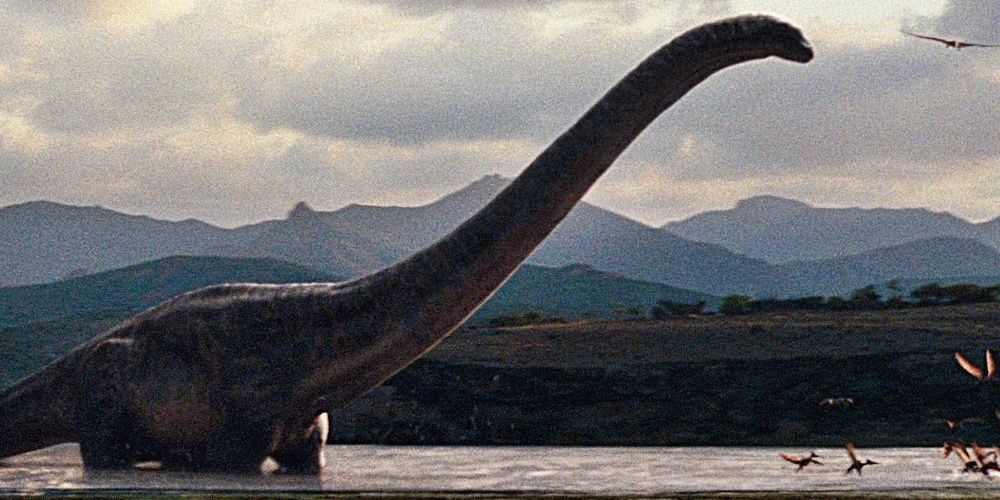
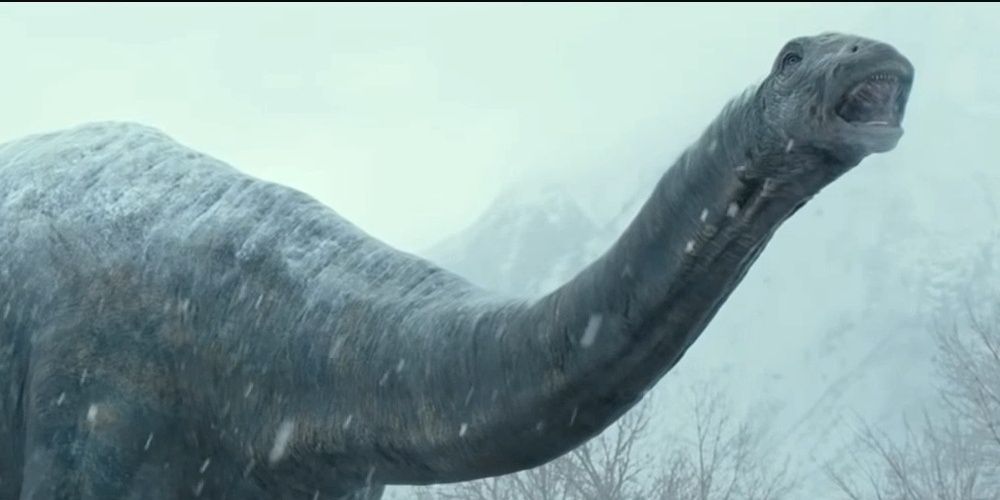
-1.jpg)
-Cropped-1.jpg)
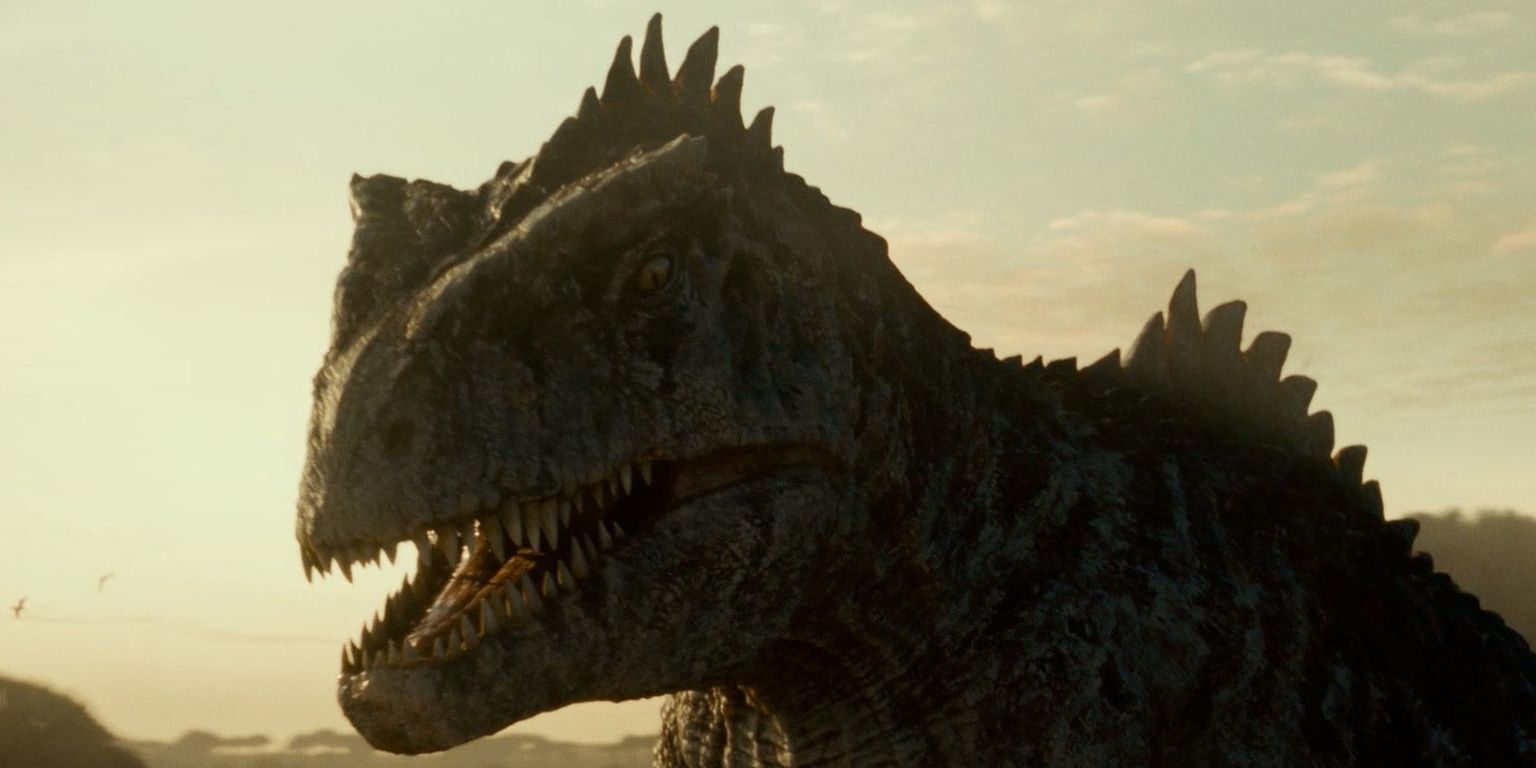
-Cropped.jpg)
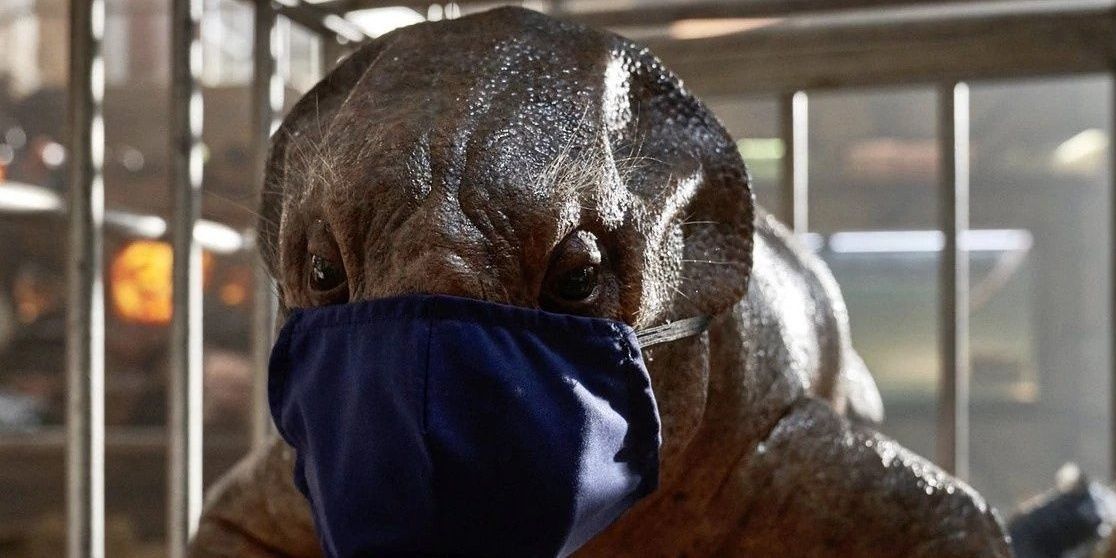
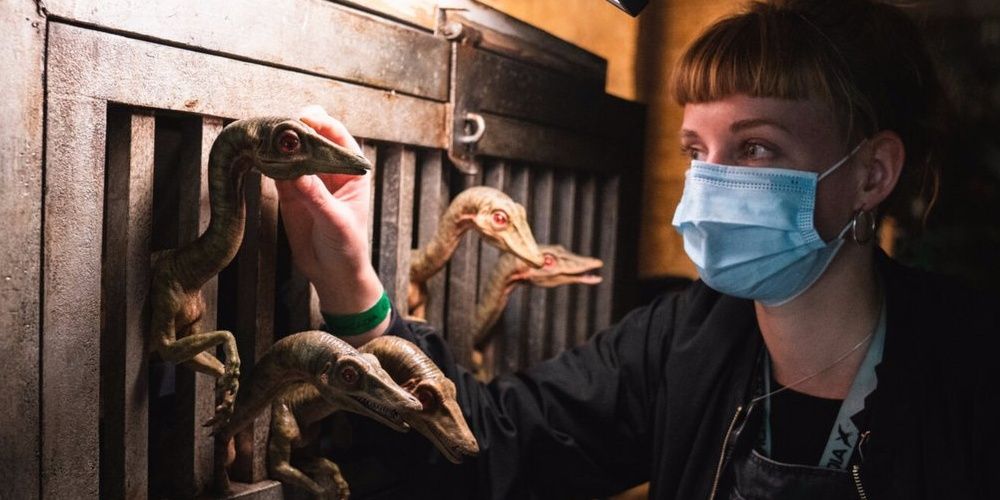
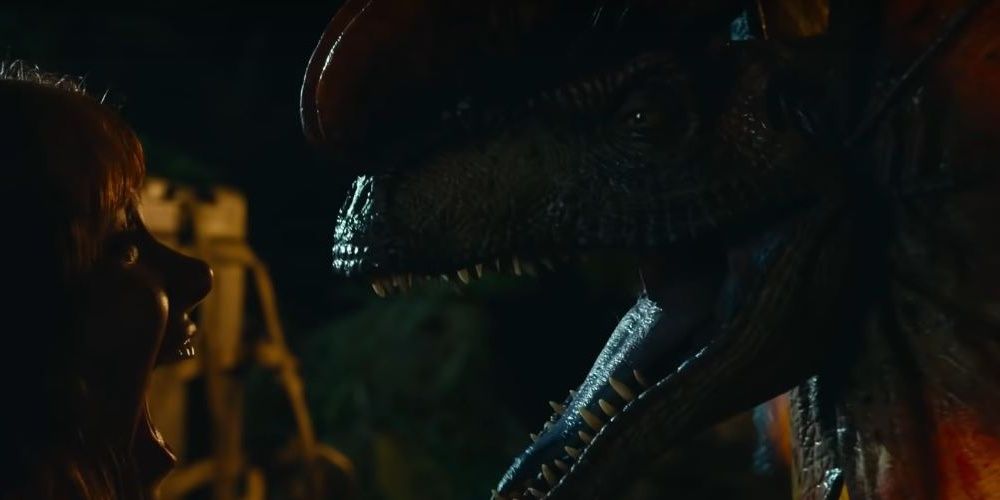
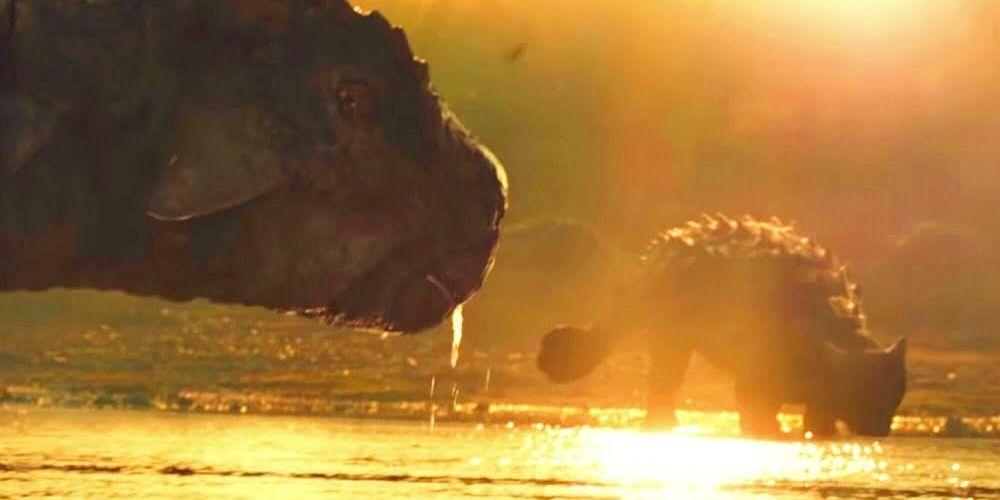
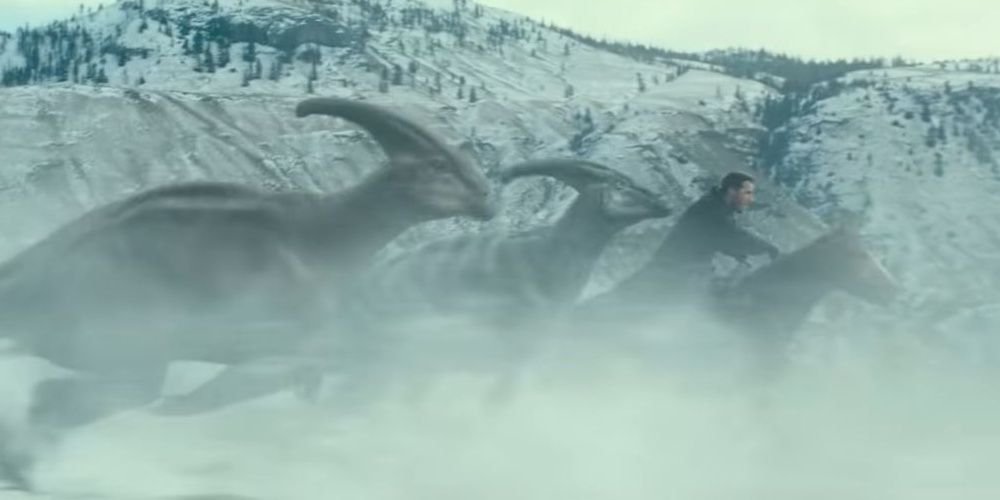
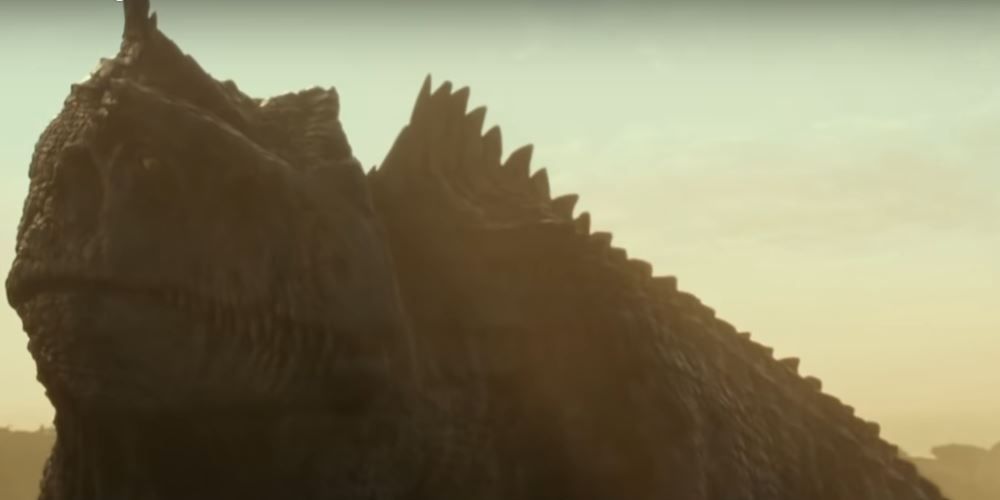
-3.jpg)
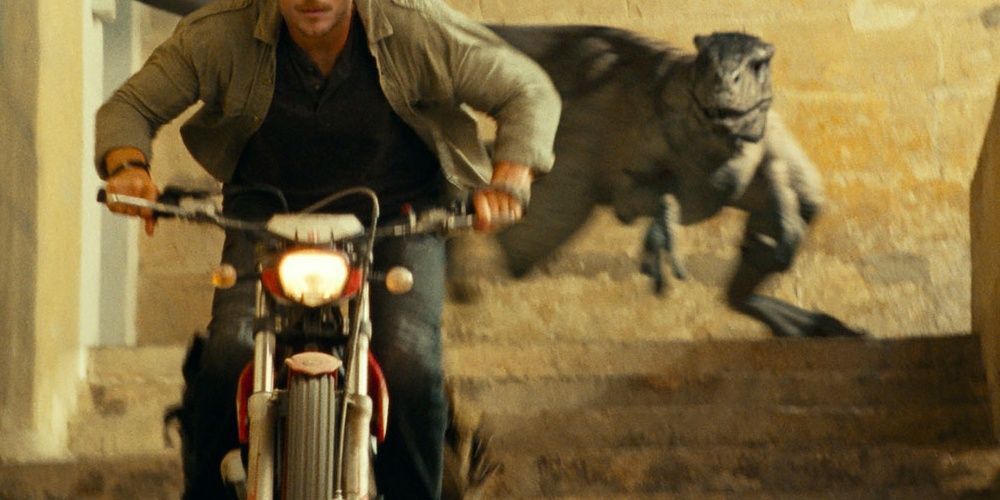
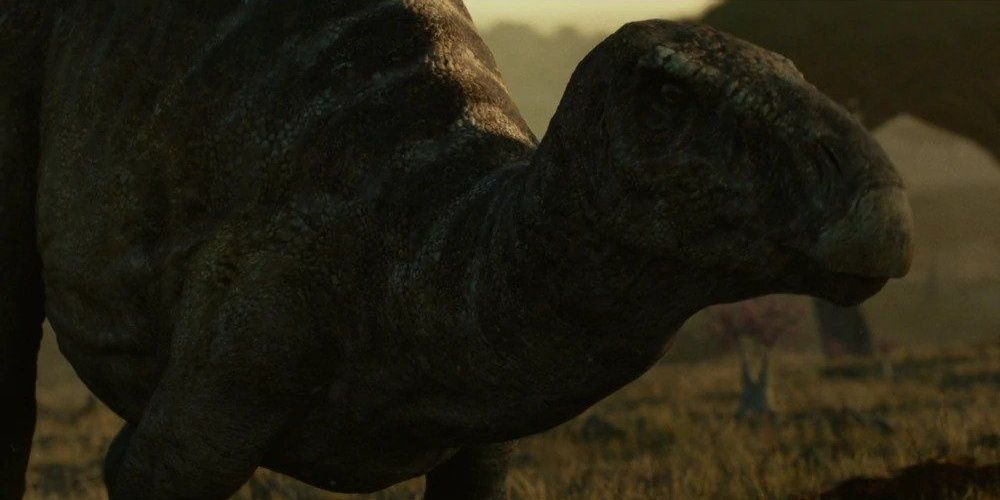
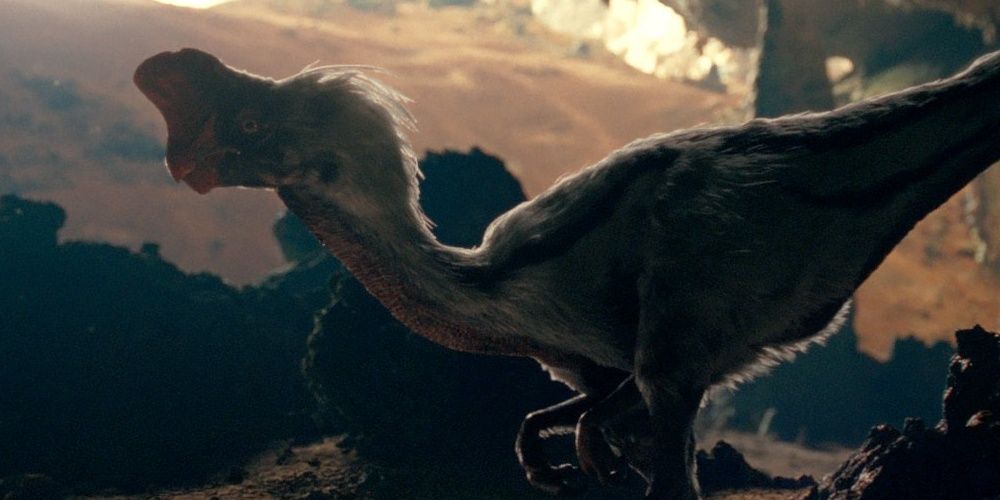
-3.jpg)
-5.jpg)
